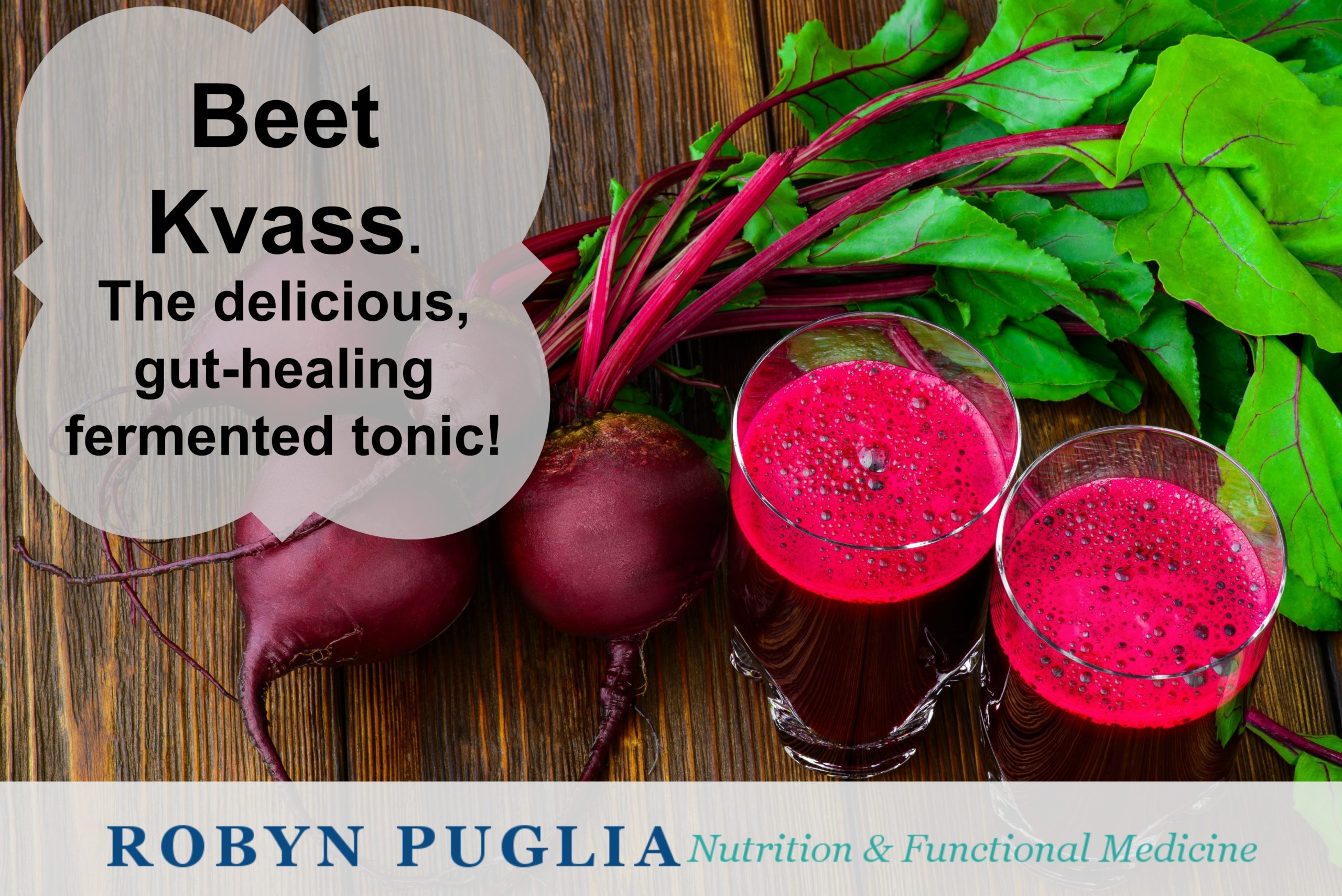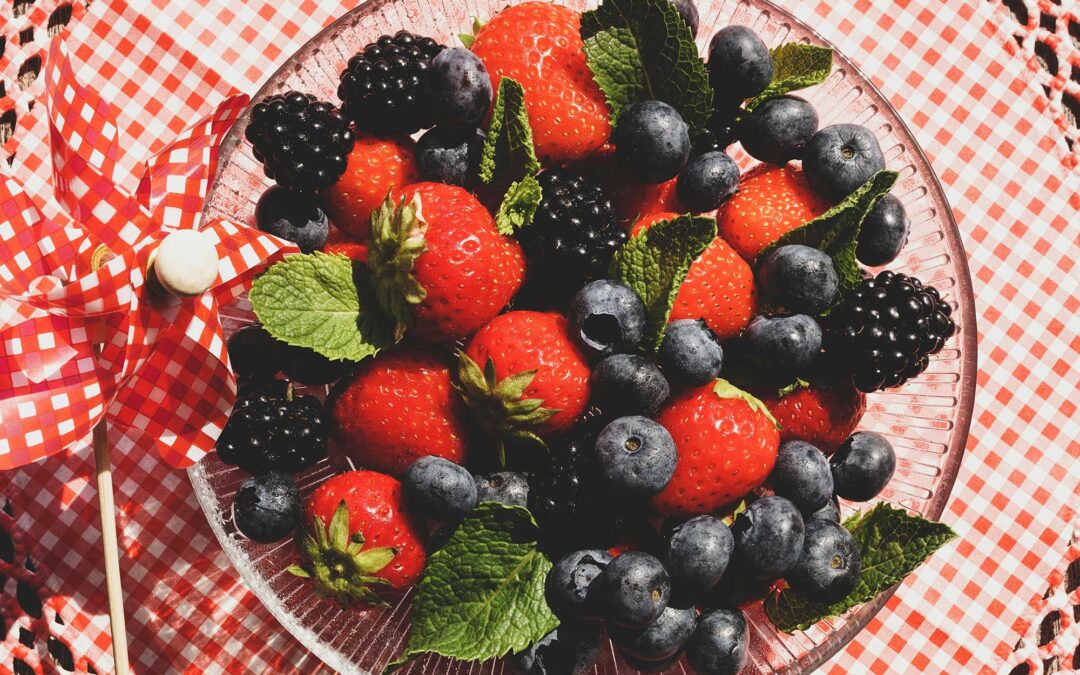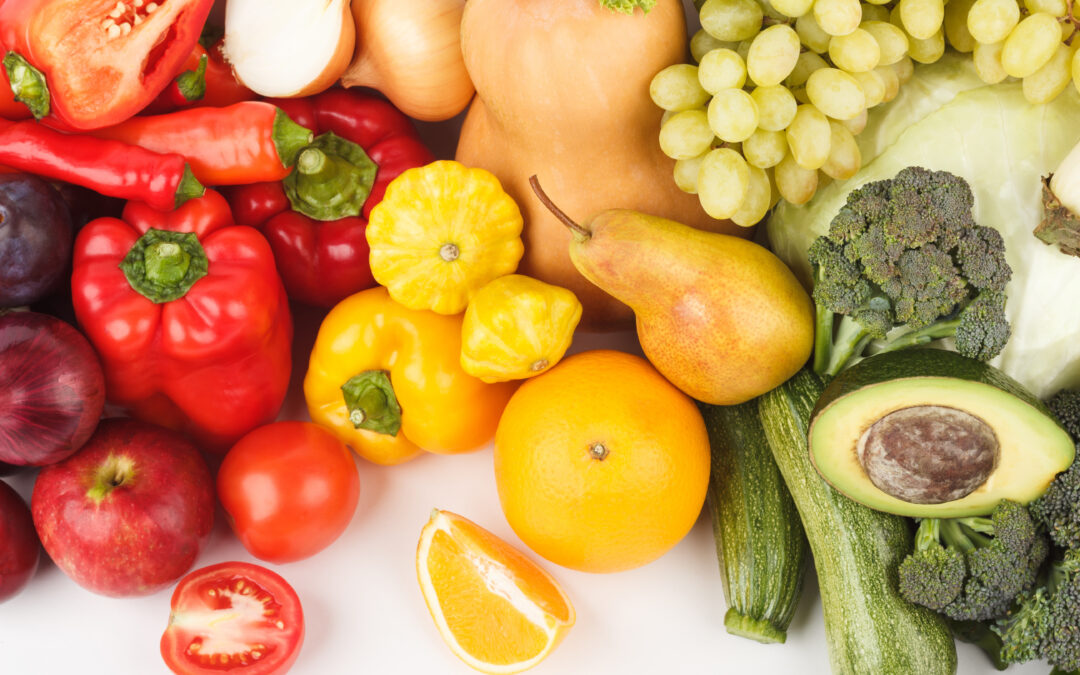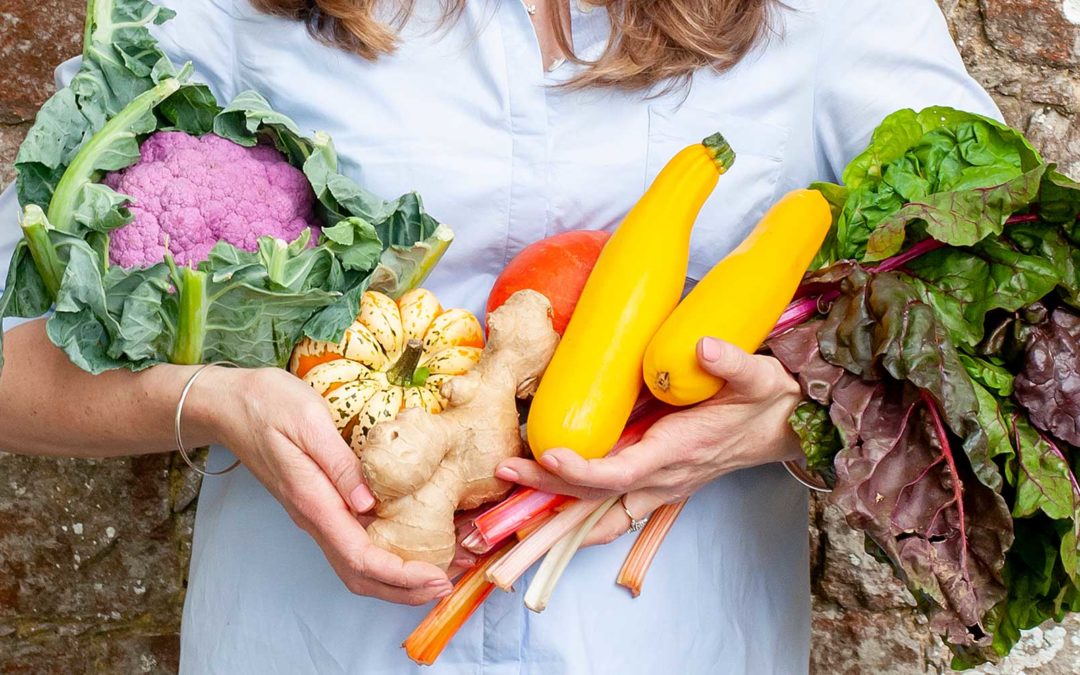Fermented foods are a critical part of re-establishing and maintaining good gut bacteria and therefore a healthy immune system.
Fermented foods are a great example of food as medicine and I really believe that everyone should eat them every day.
I also think that eating a variety of fermented foods is better than just one. I talk about the ‘all the K’s’: Kraut, Kimchee, Kefir, Kvass and Kombucha and I think if you have a good mix of these, then you are on the right track.
I have a recipe for Kraut here, and so my next recipe is for Kvass.
Beet Kvass is up there with one of my favourite ferments, or favourite foods come to that. As usual, I love to put ginger in it, and the combination of slightly sweet beet, slightly tart ferment and slightly spicy ginger tastes really refreshing.
This food is really a tonic, and so is supposed to be consumed in relatively small quantities, but I do find it hard to just drink a little.
Kvass is a traditional food from the Soviet region, and can be made from things as diverse as rye bread (obviously not on my menu), or parsnips.
Beets are a powerhouse of anti-inflammatory phytonutrients, and are also credited with properties that support healthy bile production – an important part of both gut health and appropriate detoxification.
Because I love my foods to multi-task, all the great properties of beets, ginger and fermented foods really pack a punch when combined.
Beet Kvass.
Ingredients:
- 3 medium or 2 large organic beets, peeled and chopped up coarsely (not too small)
- 3cm (2 inches) of ginger. Slices into could
- 2 – 4 teaspoons of sea salt
- filtered water
- Large glass jar
Method:
Place beets in a bowl and sprinkle with the salt. Stir to combine and then put this mixture into a two litre glass container. Add filtered water to fill the container. Stir well and cover securely. Keep at room temperature for 2 – 5 days until it tastes tart and to your liking, and then transfer the jar to your refrigerator.
The focus of this ferment is actually the liquid, and I recommend drinking between 30 mls (a shot glass) and 125 mls (1/2 cup / 4oz) per day.
When most of the liquid has been drunk, you may fill up the container with water and keep at room temperature another two days. The resulting brew will be slightly less strong than the first. After the second brew, discard the beets and start again. You may, however, reserve some of the liquid and use this as your inoculant for the second batch.
It is important for fermentation that the liquid is always completely covering the food. Any food above the liquid line will attract mould.
I actually never do a second ferment. I prefer to eat the pickled beets and ginger and start a fresh batch.
You can make soup out of the beet pieces as well, but heating fermented foods kills the bacteria
Variations:
- Parsnips can be used as well as beets, but don’t contain the same phytonutrient benefits as beets do.
- Fennel seeds can be added for a different flavour. Apparently mint can as well but I have never tried it myself.
- Garlic can be added for immune benefits if fighting a cold or infection.
Get updates on more recipes like this one and information on autoimmune health by downloading my free guide. Or take a giant leap into health journey by joining my Foundations of Health program.







